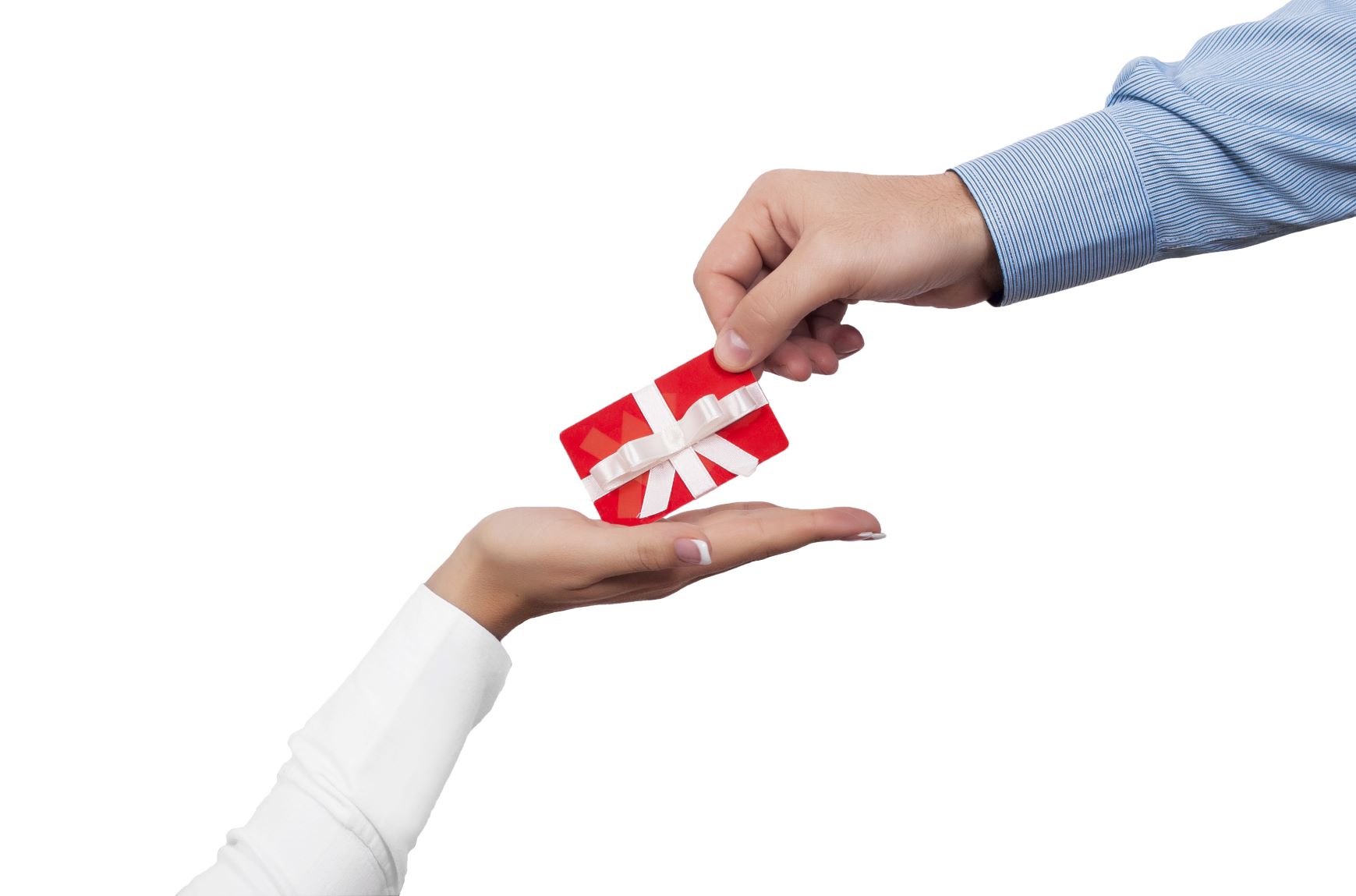
In the world of nonprofit philanthropy, where relationships with donors are the lifeblood of organizations, there is a timeless and cherished tradition beyond digital communication. It is the art of expressing gratitude through handwritten thank-you cards. While technology has revolutionized how we connect and communicate, the power of a handwritten card remains unparalleled in its ability to convey genuine appreciation and create lasting impressions. In this article, we will explore why handwritten thank-you cards hold a special place in nonprofit philanthropy, going beyond words to forge personal connections, offer tangible appreciation, and cultivate lasting loyalty.
-
Tangible Appreciation
Handwritten thank you notes provide a concrete representation of gratitude, going beyond just words. Receiving a real card has a unique meaning in our digital age, where contact is mainly done through displays. A significant and sensual experience is created for the recipient by the card’s weight, the paper’s texture, and the handwritten message. It conveys a sense of importance and shows that the nonprofit made an effort to show its appreciation thoughtfully and uniquely.
Donors can sense the thought and work put into a handwritten card when they hold it. The card becomes a tangible reminder of their gratitude that they can retain, use again, and show to others. A physical card is a permanent reminder of the difference they have made via their assistance, in contrast to emails or digital communications that can be quickly removed or forgotten. It turns into a treasured keepsake with sentimental significance, fostering even more of an emotional bond between the nonprofit and the donor.
-
Personal Connection
Nonprofits can interact with contributors more personally by using handwritten cards. A handmade note demonstrates care and attention in a world where impersonal and automated interactions are increasingly standard. Nonprofits can show their dedication to building lasting relationships with their supporters by writing a card.
Writing a personalized note enables nonprofits to thank each donor more for their support. It demonstrates that the organization values and honors its unique contribution beyond just having its name on a list of donors. The personalization may contain information regarding the donor’s prior involvement, particular projects they have funded, or the results their contributions have achieved. This amount of
-
Emotional Impact
Handwritten thank you cards have a unique ability to evoke emotions. The recipient feels the sincerity and thoughtfulness behind the handwritten message, creating a more profound emotional impact than digital communication forms.
-
Individualized Recognition
A vital way for NGOs to build relationships with contributors is through handwritten cards. A handmade note is a true display of care and attention in a world where automated and impersonal contacts are becoming common. Nonprofits who try to send cards to their supporters show that they are dedicated to developing deep bonds with them.
Nonprofits can express their gratitude to each donor more personally by writing them a personal greeting. In addition to being more than just a name on a list of donors, it demonstrates that the organization values and recognizes its unique effect. The personalization may contain specifics like the donor’s prior involvement, the projects they specifically sponsored, or the results their money helped to achieve. At this degree
-
Memorability
Thank you notes such as those offered by nonprofit direct mail solutions have a remarkable capacity for impact and memory. Handwritten cards have a tactile presence that persists in the recipient’s memory, in contrast to digital communications, which can be easily forgotten or lost in the avalanche of messages. Donors have a positive impression of the nonprofit and a lasting memory of thanks when they receive a personalized card.
As a reminder of the nonprofit’s work and the donor’s generosity, these cards frequently find a particular position at the recipient’s residence or employment. Positive feelings are evoked, and the donor’s bond with the organization is strengthened by holding the card, rereading the meaningful message, and thinking about its effect. Nonprofits boost the likelihood of a donation by generating this enduring memory.
-
Differentiation
In a world saturated with digital communication, handwritten thank-you cards are a rare and remarkable gesture. By sending a handwritten card, nonprofits differentiate themselves from organizations that rely solely on automated and impersonal thank-you emails or digital messages.
A handwritten card’s effort and personal touch make a lasting impression on donors. It shows that the nonprofit goes the extra mile to express its appreciation meaningfully and thoughtfully. This differentiation sets the nonprofit apart from others and highlights its commitment to building genuine relationships with its supporters. By making this extra effort, nonprofits create a memorable experience that fosters loyalty, trust, and a more profound connection with their donors.
-
Cultivating Donor Loyalty
Handwritten thank-you cards play a crucial role in cultivating donor loyalty. By expressing genuine gratitude and acknowledging the donor’s impact, nonprofits build trust and strengthen the bond with supporters, encouraging long-term engagement and continued philanthropic support.
-
Empowering Donors
Handwritten thank you cards empower donors by recognizing their impact and making them feel integral to the nonprofit’s mission. This empowerment encourages donors to continue their philanthropic efforts, knowing their contributions are valued and making a difference.
Interesting Related Article: “6 ways to leverage social media for nonprofit fundraising“
